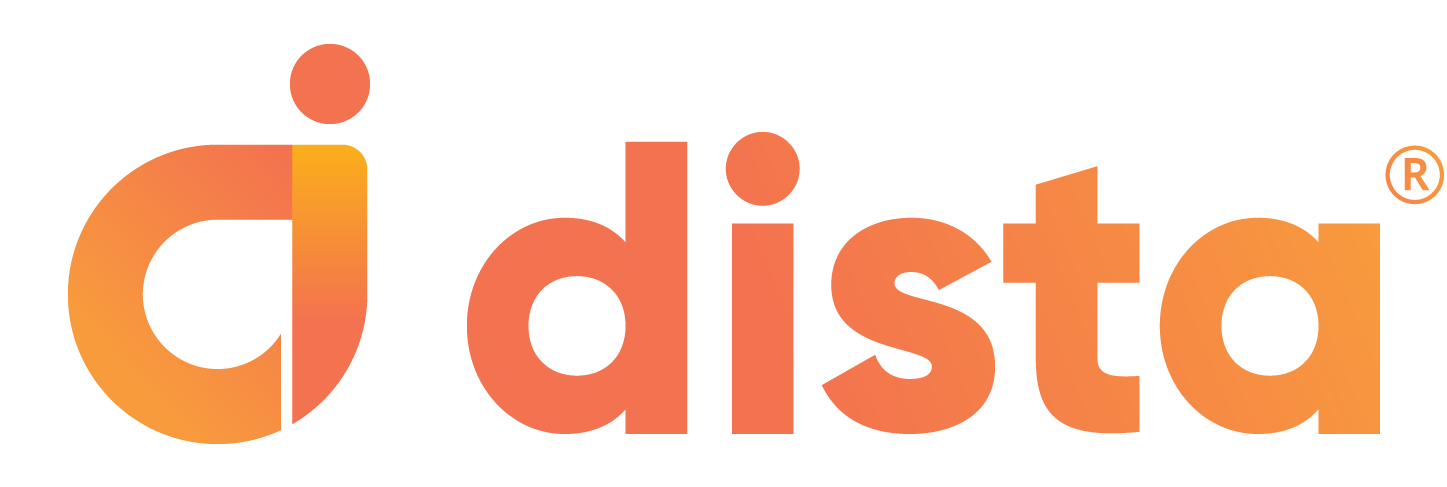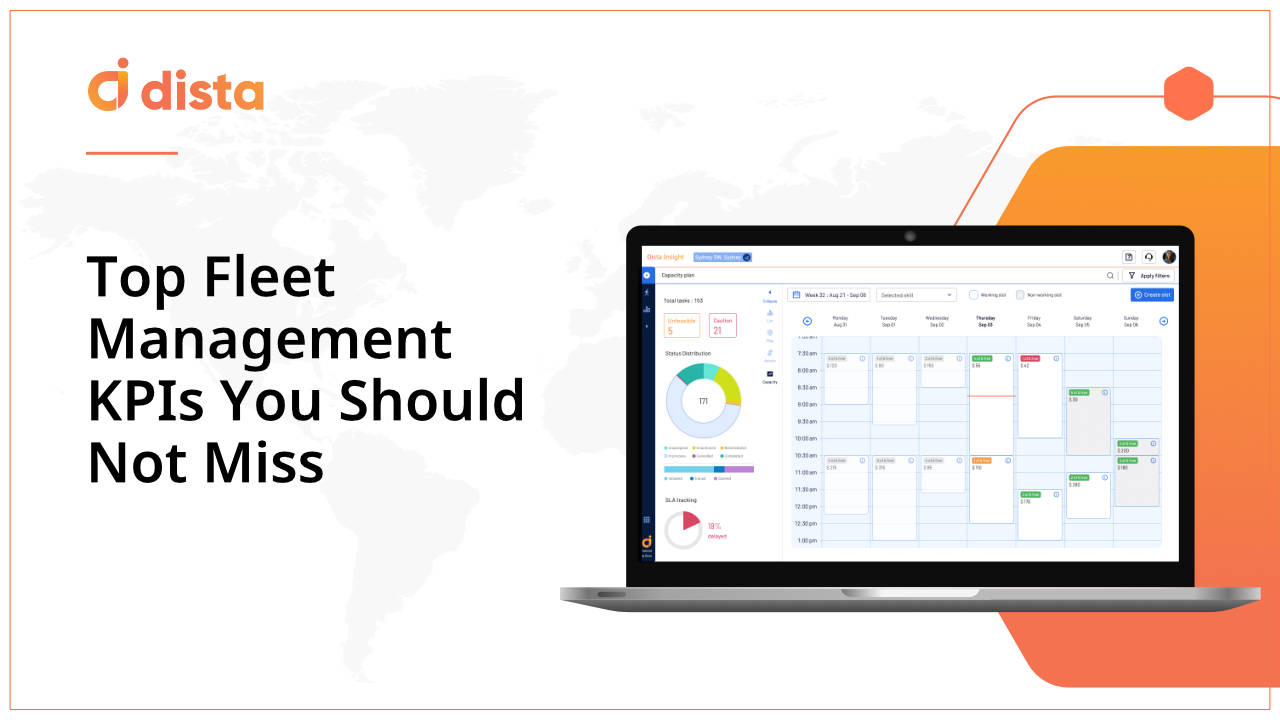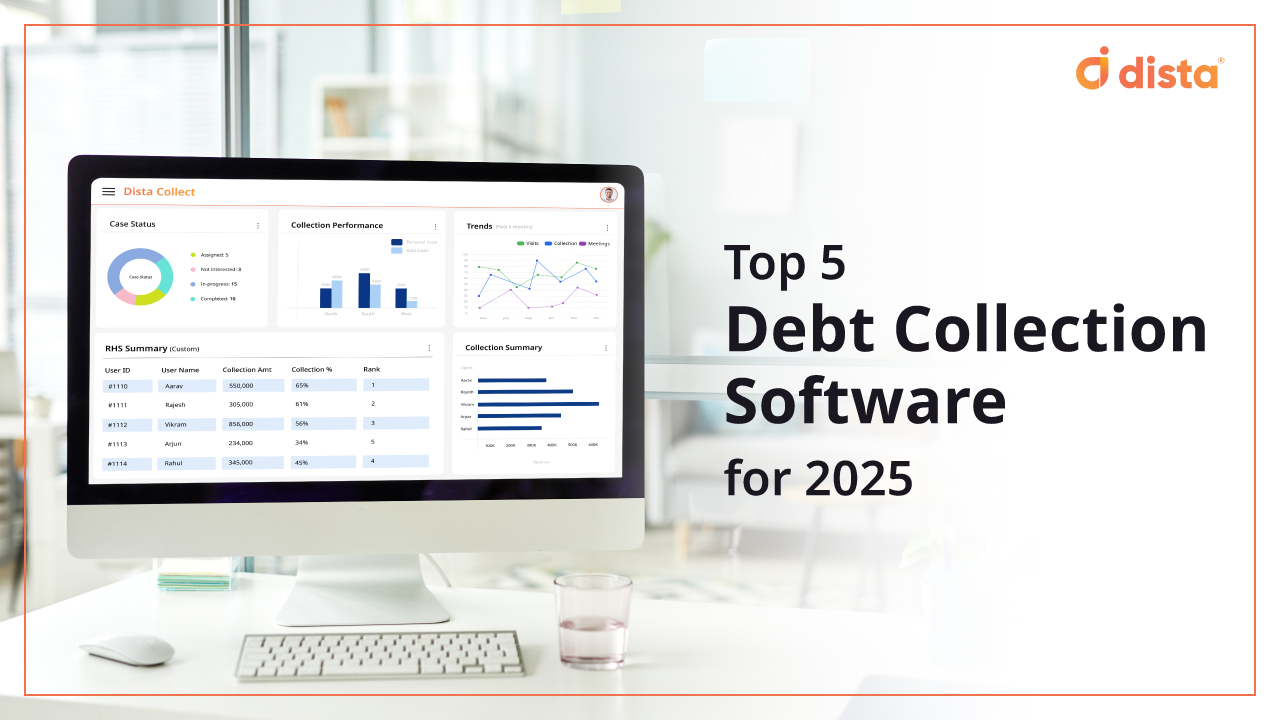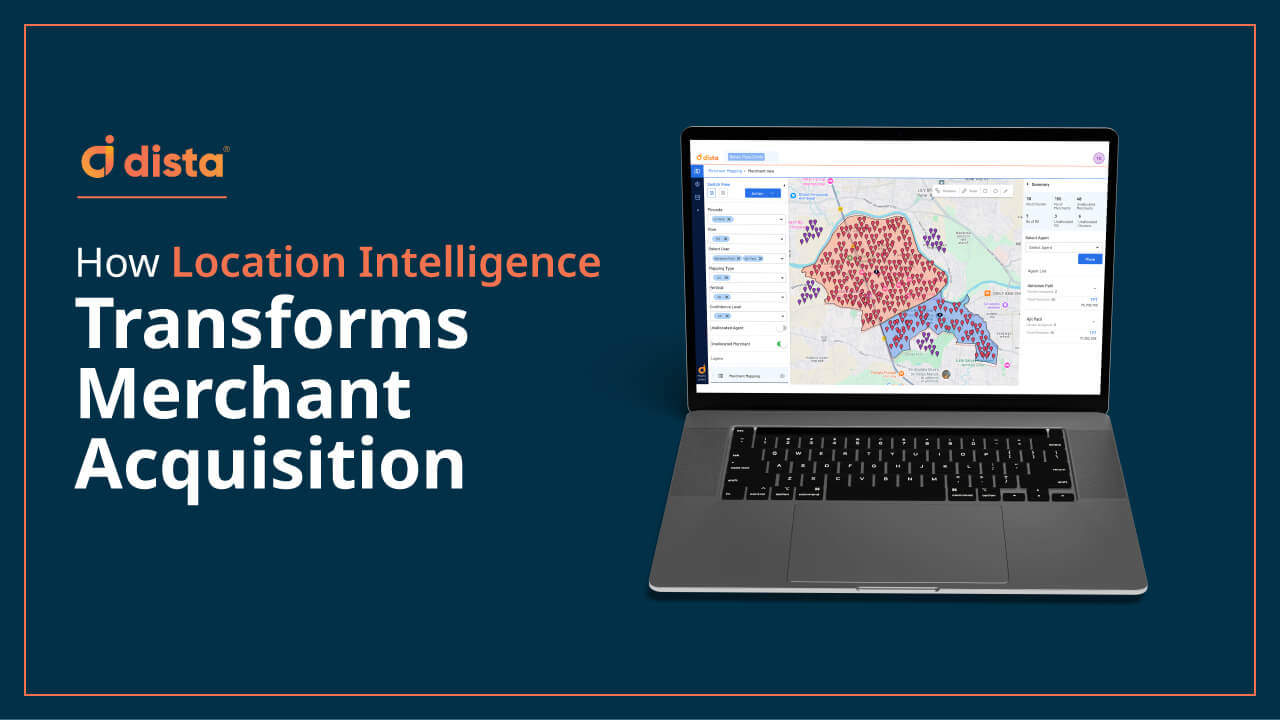Businesses are leveraging fleet management solutions to control costs and improve the performance of their fleets. However, merely choosing the right fleet management software is not enough. It is also important to track key performance indicators (KPI) for your fleet to further enhance productivity and efficiency.
What are Fleet Management KPIs?
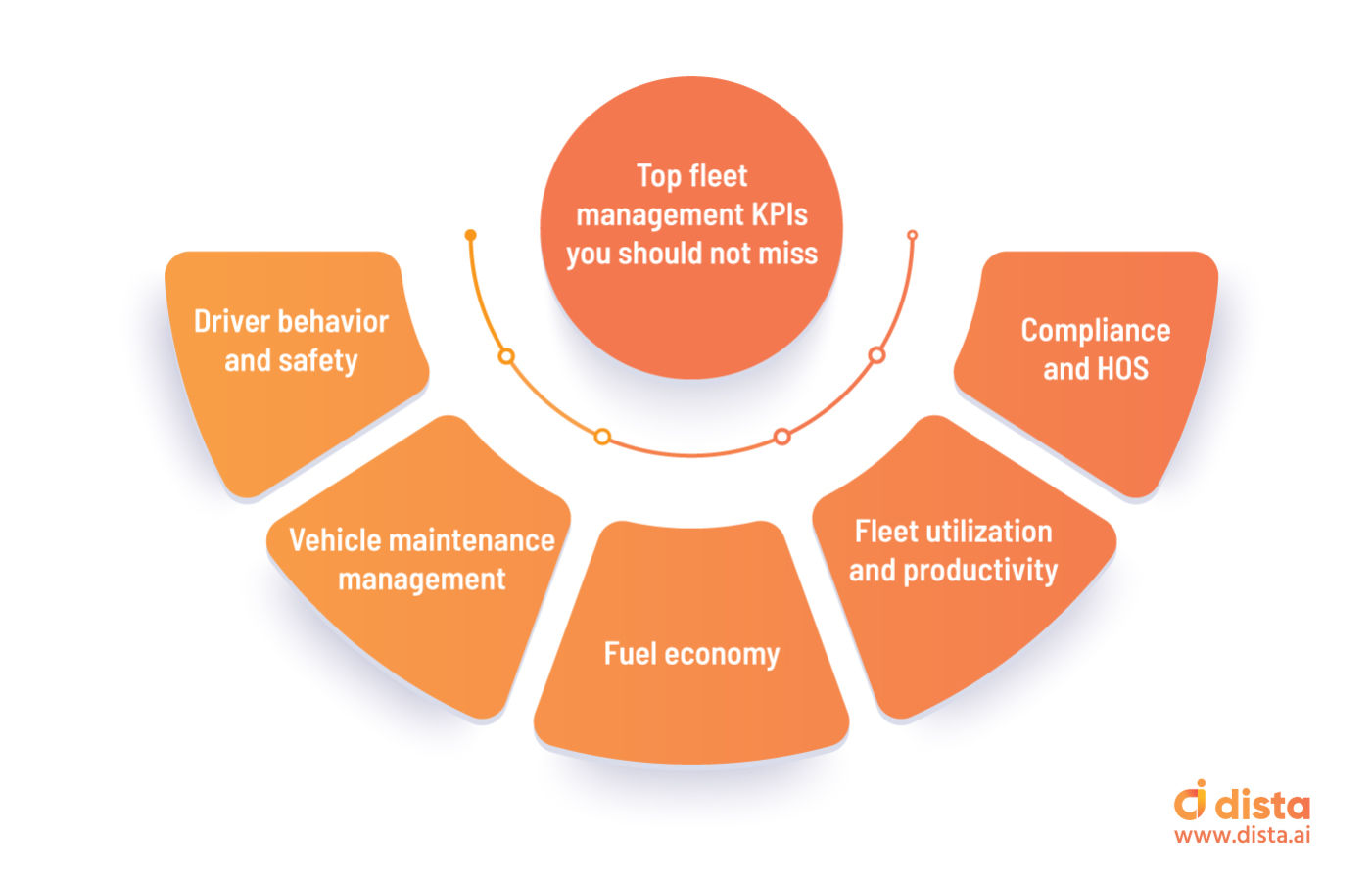
Best KPIs Every Fleet Manager Should Track
1) Driver Behavior and Safety
The safety of fleet drivers is one of the most critical metrics that should not be overlooked. Fleet managers need to set a KPI around driver behavior to ensure the safety and security of both drivers and the vehicles on the road. They can create KPIs based on the number of incidents each quarter.
Close monitoring of their driving style with telematic sensors or dashboard video cameras is essential to determine their performance. Fleet managers can immediately flag any incidences of speeding and hard braking or cornering by their drivers. Moreover, they can even offer safety training for drivers to avoid further traffic violations and mishaps.
2) Vehicle Maintenance Management
3) Fuel Economy
Maintaining fuel costs is the top priority and most challenging job for a fleet manager. It is necessary to monitor fuel consumption and reduce fuel wastage to control fuel costs. Targeting fuel efficiency is essential while setting fleet management KPIs related to fuel. Fleet managers need to track fuel consumption patterns and focus on optimizing routes as well as driver behavior.
Leveraging a fleet management software will help managers record fuel consumption entries and avoid the hassle of maintaining paper receipts. Moreover, this allows them to see fuel entries and expenses in real-time. A fleet management solution also offers optimum routing for the fleet to improve fuel efficiency for your vehicles.
4) Fleet Utilization and Productivity
One of the key fleet management KPIs should be about asset utilization. It is crucial to understand the productivity and efficiency of your fleet. Fleet managers need to track their assets and garner the most productivity from them for a long time.
A fleet management tool can monitor and measure service hours, total usage, idle hours of fleets. Managers can leverage this data to create a better maintenance strategy for the better performance of their vehicles. This will also explain the actual number of fleets you need to satisfy your customer demands. Asset utilization KPI also helps managers make better fleet management strategies and control costs.
5) Compliance and HOS
Compliance is a major concern for fleet managers irrespective of the size of the fleet. They need to conduct inspections, record the history of Driver Vehicle Inspection Reports (DVIR) logs daily, and meet safety standards. With a fleet management app, drivers can log and complete their DVIRs and check inspection reports in real-time.
Moreover, it is necessary to track Hours of Service (HOS) for the drivers. It is one of the most robust performance KPI that ensures the productivity and safety of fleet drivers. Managers should strictly monitor and forbid drivers to drive the vehicle after they finish their specific hours.
Final Thoughts
Managers can set their KPIs by considering the goals mentioned above. Leveraging a fleet management solution helps managers to plan strategies and monitor fleet metrics in real-time.
Dista’s fleet management solution will help you manage and get an accurate view of your fleet performance. Click here for a free demo.
